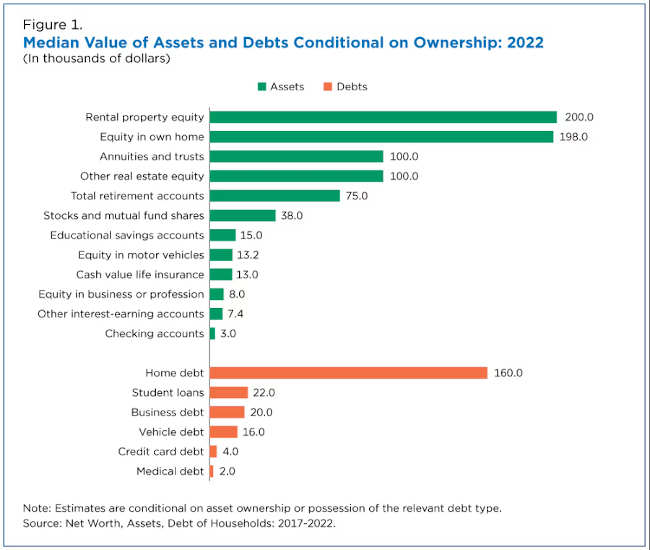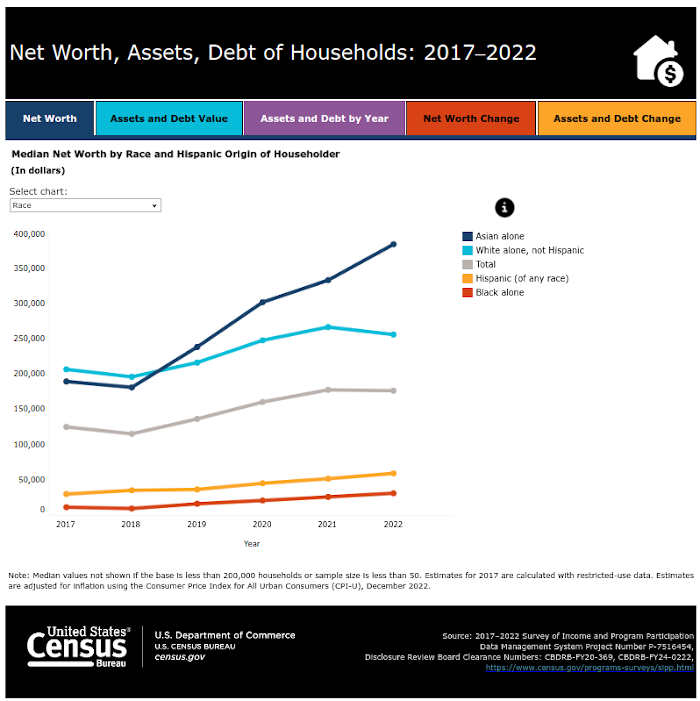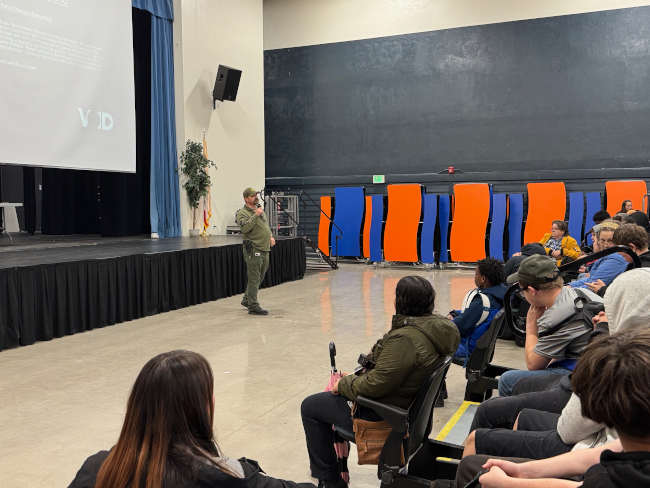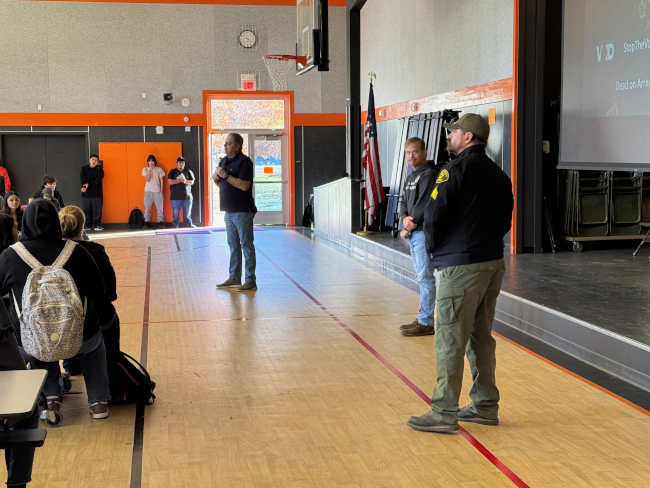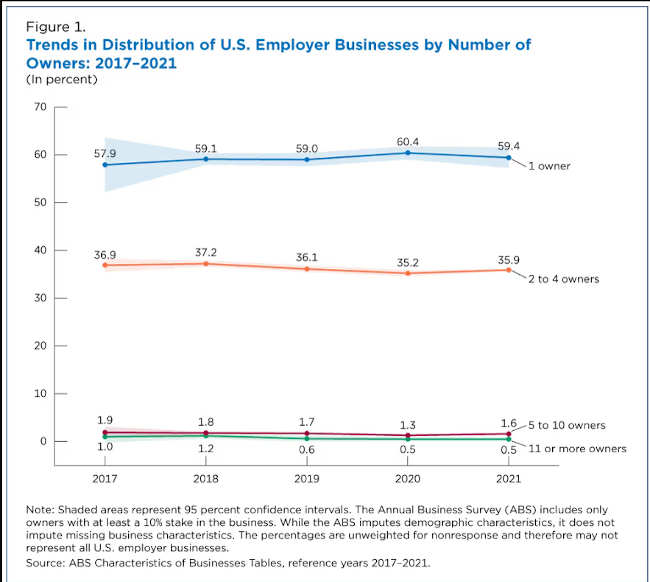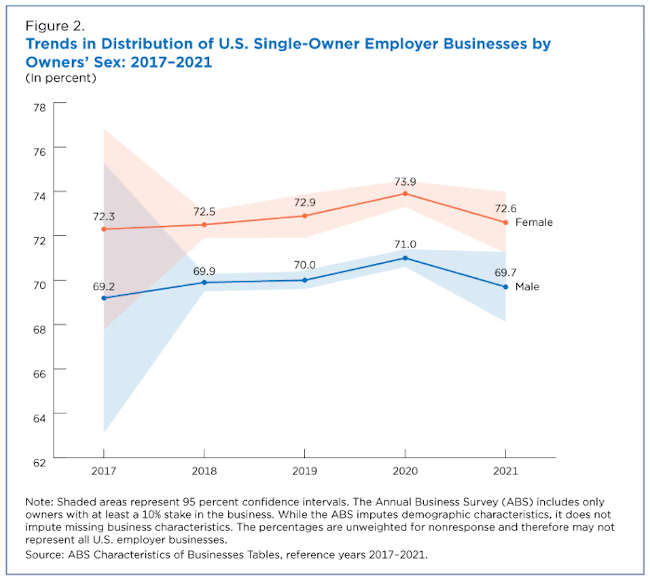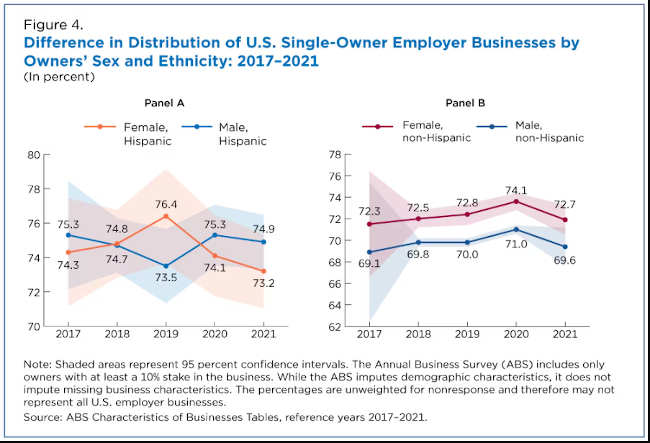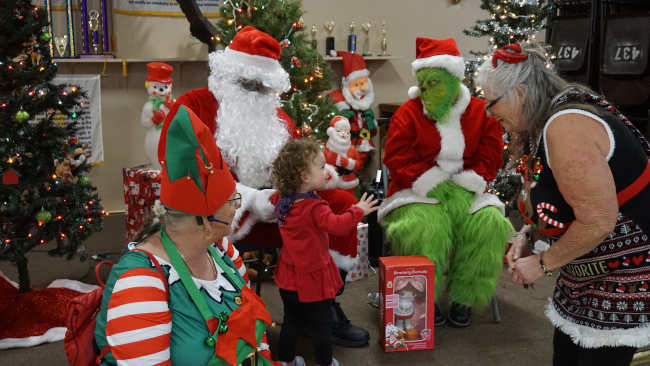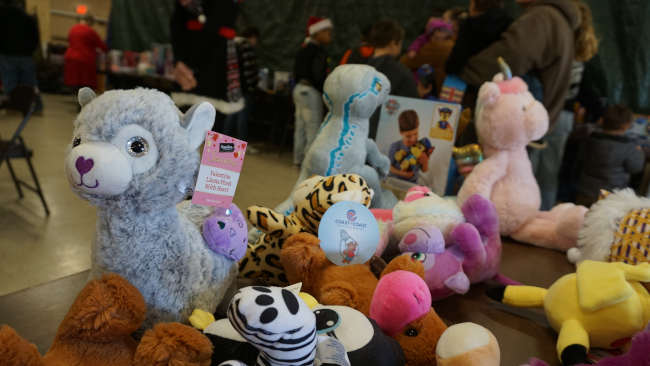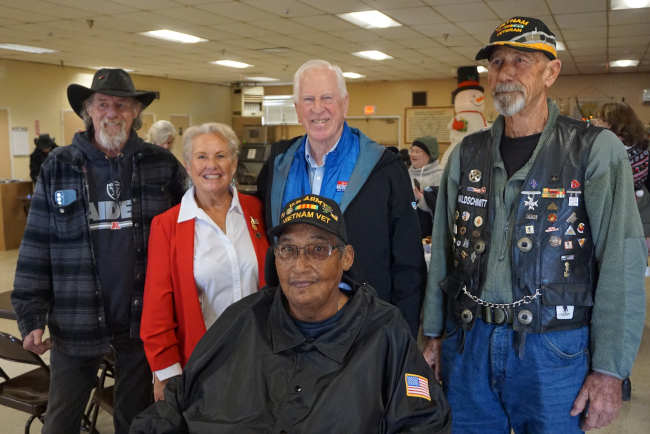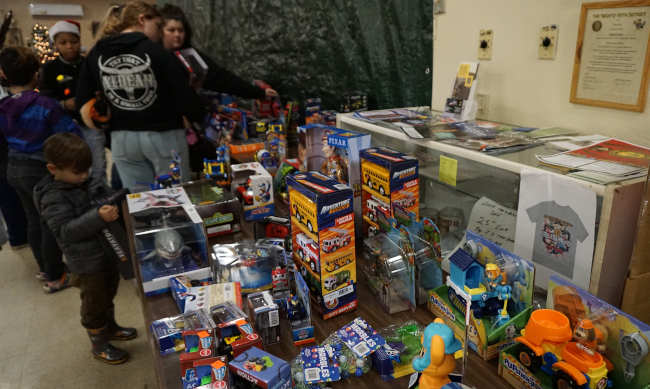
The U.S. has made great progress in getting more people insured since the Affordable Care Act took effect in 2014. The share of uninsured Americans ages 18 to 64 fell from 18% before the ACA to 9.5% in 2022. And preexisting conditions no longer prevent coverage or lead to an increase in premiums.
Yet even for those with health insurance, coverage does not ensure access to care, much less high-quality and affordable care. Research shows that 1 in 3 Americans seeking care report delaying or forgoing treatment because of the “administrative burdens” of dealing with health insurance and the health care system, creating additional barriers beyond costs.
Some of these are basic tasks, such as scheduling appointments. But others relate to strategies that health insurers use to shape the care that their patients are able to receive – tactics that are often unpopular with both doctors and patients.
In addition, more than 40% of Americans under 65 have high-deductible plans, meaning patients face significant upfront costs to using care. As a result, nearly a quarter are unable to afford care despite being insured.
As scholars of health care quality and policy, we study how the affordability and design of health insurance affects people’s health as well as their out-of-pocket costs.
We’d like to unpack five of the most common strategies used by health insurers to ensure that care is medically necessary, cost-effective or both.
At best, these practices help ensure appropriate care is delivered at the lowest possible cost. At worst, these practices are overly burdensome and can be counterproductive, depriving insured patients of the care they need.
Claim denials
The strategy of denial of claims has gotten a lot of attention in the aftermath of the killing of UnitedHealthcare chief executive officer Brian Thompson, partly because the insurer has higher rates of denials than its peers. Overall, nearly 20% of Americans with coverage through health insurance marketplaces created by the ACA had a claim denied in 2021.
While denial may be warranted in some cases, such as if a particular service isn’t covered by that plan – amounting to 14% of in-network claim denials – more than three-quarters of denials in 2021 did not list a specific reason. This happens after the service has already taken place, meaning that patients are sent a bill for the full amount when claims are denied.
Although the ACA required standardized processes for appealing claims, patients don’t often understand or feel comfortable navigating an appeal. Even if you understand the process, navigating all of the paperwork and logistics of an appeal is time-consuming. Gaps by income and race in pursuing and winning appeals only deepen mistrust among those already struggling to get appropriate care and make ends meet.

Prior authorization
Prior authorization requires providers to get approval in advance from the insurer before delivering a procedure or medication – under the guise of “medical necessity” as well as improving efficiency and quality of care.
Although being judicious with high-cost procedures and drugs make intuitive sense, in practice these policies can lead to delays in care or even death.
In addition, the growing use of artificial intelligence in recent years to streamline prior authorization has come under scrutiny. This includes a 2023 class action lawsuit filed against UnitedHealthcare for algorithmic denials of rehabilitative care, which prompted the federal government to issue new guidelines.
The American Medical Association found that 95% of physicians report that dealing with prior authorization “somewhat” or “significantly” increases physician burnout, and over 90% believe that the requirement negatively affects patients. The physicians surveyed by the association also reported that over 75% of patients “often” or “sometimes” failed to follow through on recommended care due to challenges with prior authorizations.
Doctors and their staff may deal with dozens of prior authorization requests per week on average, which take time and attention away from patient care. For example, there were nearly two prior-authorization requests per Medicare Advantage enrollee in 2022, or more than 46 million in total.
Smaller networks
Health insurance plans contract with physicians and hospitals to form their networks, with the ACA requiring them to “ensure a sufficient choice of providers.”
If a plan has too small of a network, patients can have a hard time finding a doctor who takes their insurance, or they may have to wait longer for an appointment.
Despite state oversight and regulation, the breadth of plan networks has significantly narrowed over time. Nearly 15% of HealthCare.gov plans had no in-network physicians for at least one of nine major specialties, and over 15% of physicians listed in Medicaid managed-care provider directories saw no Medicaid patients. Inaccurate provider directories amplify the problem, since patients may choose a plan based on bad information and then have trouble finding care.
Surprise billing
The No Surprises Act went into effect in 2022 to protect consumers against unexpected bills from care received out of network. These bills usually come with a higher deductible and an out-of-pocket maximum that is typically twice as high as in-network care as well as higher coinsurance rates.
Prior to that law, 18% of emergency visits and 16% of in-network hospital stays led to at least one surprise bill.
While the No Surprises Act has helped address some problems, a notable gap is that it does not apply to ambulance services. Nearly 30% of emergency transports and 26% of nonemergency transports may have resulted in a surprise bill between 2014 and 2017.
Pharmacy benefit managers
The largest health insurance companies all have their own pharmacy benefit managers.
Three of them – Aetna’s CVS Caremark, Cigna’s Express Scripts and UnitedHealthcare’s Optum Rx – processed almost 80% of the total prescriptions dispensed by U.S. pharmacies in 2023.
Beyond how market concentration affects competition and prices, insurers’ owning pharmacy benefit managers exploits a loophole in how much insurers are required to spend on patient care.
The ACA requires insurers to maintain a medical loss ratio of 80% to 85%, meaning they should spend 80 to 85 cents of every dollar of premiums for medical care. Pharmaceuticals account for a growing share of health care spending, and plans are able to keep that money within the parent company through the pharmacy benefit managers that they own.
Moreover, pharmacy benefit managers inflate drug costs to overpay their own vertically integrated pharmacies, which in turn means higher out-of-pocket costs based on the inflated prices. Most pharmacy benefit managers also prevent drug manufacturer co-pay assistance programs from counting toward patients’ cost sharing, such as deductibles, which prolongs how long patients have to pay out of pocket.
Policy goals versus reality
Despite how far the U.S. has come in making sure most Americans have access to affordable health insurance, being insured increasingly isn’t enough to guarantee access to the care and medications that they need.
The industry reports that profit margins are only 3% to 6%, yet the billions of dollars in profits they earn every year may feel to many like a direct result of the day-to-day struggles that patients face getting the care they need.
These insurer tactics can adversely affect patients’ health and their trust in the health care system, which leaves patients in unthinkably difficult circumstances. It also undercuts the government’s goal of bringing affordable health care to all.![]()
Monica S. Aswani, Assistant Professor of Health Services Administration, University of Alabama at Birmingham and Paul Shafer, Assistant Professor of Health Law, Policy and Management, Boston University
This article is republished from The Conversation under a Creative Commons license. Read the original article.

 How to resolve AdBlock issue?
How to resolve AdBlock issue? 